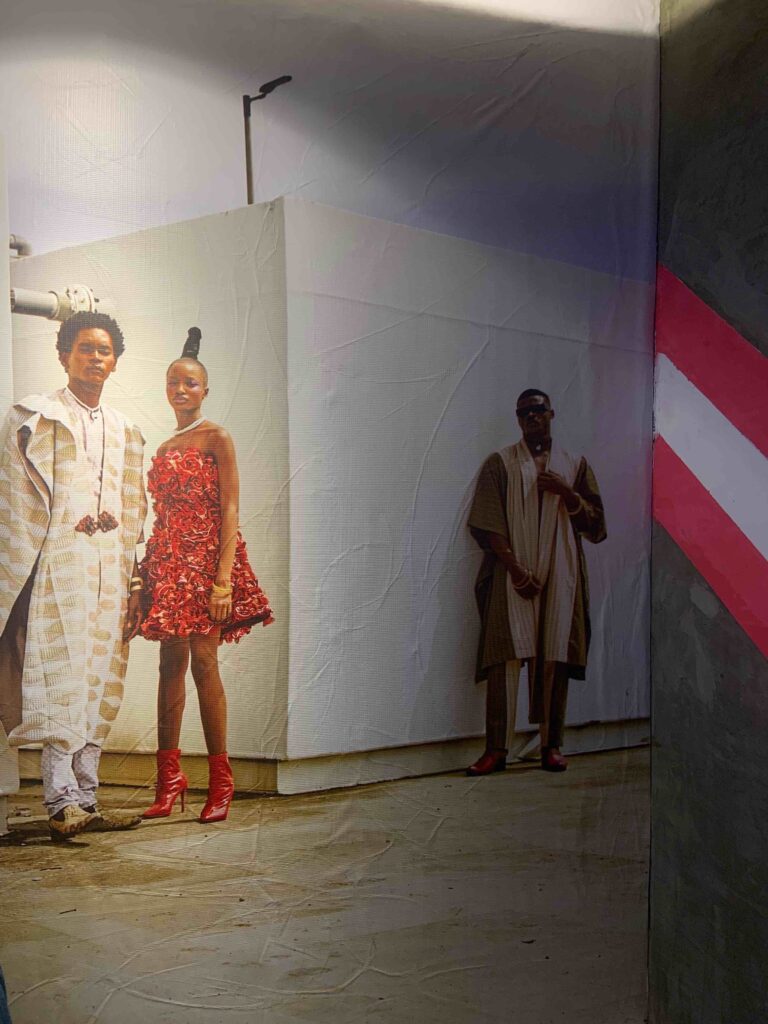Encounters with Textiles, Trade, and Terror
“Fabricating Adjacency” is an artistic research project, which explores the unique relationship between Vorarlberg, the Western part of Austria, and West Africa: Since the 1960s, Vorarlberg’s manufacturers have produced delicate lace and polished damask fabric that dressed fashionistas in countries like Nigeria, Ghana and Senegal. At the peak of this trade in the 1970s and 80s, up to one hundred tons of lace and damask was flown from Vorarlberg on a weekly basis to Lagos – despite an import embargo on luxury goods that the state of Nigeria passed in 1976 to protect indigenous textile industries. This strange encounter of Austrians and West Africans over textiles actually relies on a solid history: In the 18th and 19th centuries, linen made from Vorarlberg’s flax was a popular currency in the transatlantic slavery, and the cotton picked by enslaved West-Africans on US-plantations eventually empowered the rise of the European textile industry, including that of Vorarlberg.

Guided by the methodological insights of new materialism and black studies, this project facilitates encounters with textiles, trade and terror; it meets with some of the ghosts lingering in the hidden seams of colonial history and intervenes in the fabrication of histories. The concept of fabrication thereby playfully asserts a dual meaning – to create but also to deceive, i.e. to envision otherwise. Fabrication, understood as a methodology and aesthetics, takes inspiration from textile-making (spinning, weaving, looping, making holes, trimming, etc.). In collaboration with protagonists in Austria, Switzerland, Nigeria, Ghana and Senegal, the project aims at making a collective quilt that carries different accounts of the past, holding rather than resolving conflicts. In the vicinities of quilting, it explores methods like listening (attuning to fabric), piercing (intervening in the archive), caring (wake work for the disappeared), repairing (highlighting scars) and reweaving (desire driven narratives). The project is a study with, rather than about fabric. It attempts to work with textiles to interlace people beyond time and place, to pierce dominant storylines and hem the bleeding. It is an artistic exploration of the potentialities of adjacency, that is, of spelling out relations of complicity and contamination, proximity and distance.
The core team involves Anette Baldauf, Susanna Delali Nuwordu, Moira Hille, Sasha Huber, Janine Jembere, Abiona Esther Ojo, Jumoke Sanwo, Mariama Sow, Milou Gabriel.

